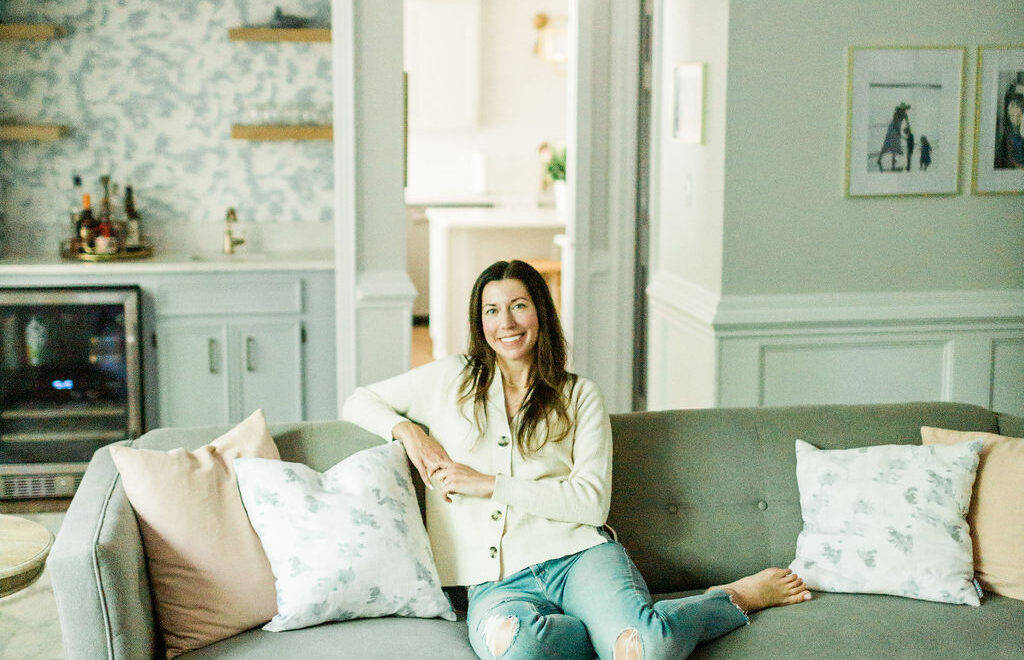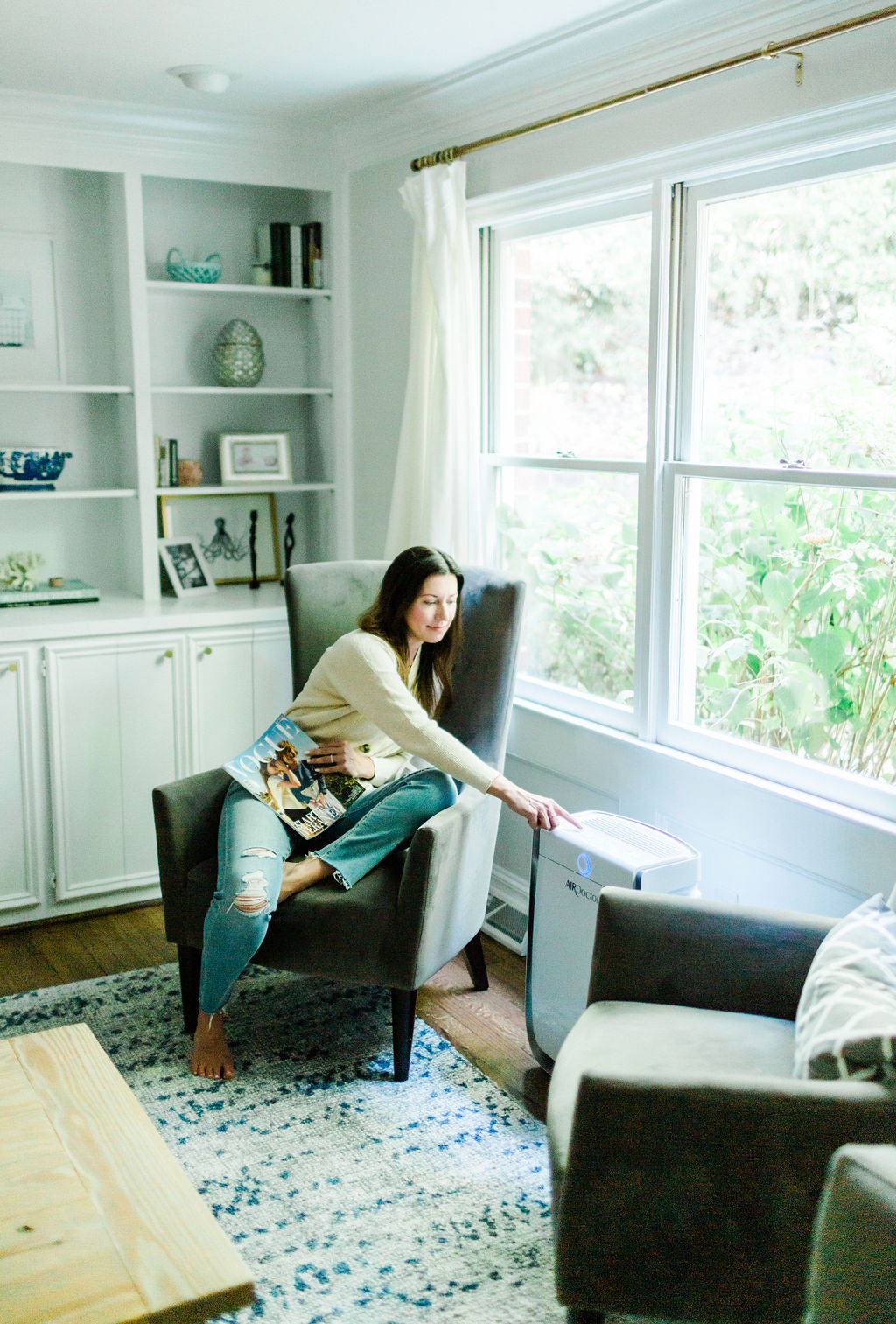
This month I’ve been sharing some healthy home tips and we’re closing out with a BIG subject: Non-toxic furniture! I’ve tried to whittle down the information to keep things simple and concise. I must confess this is something I could discuss at length, but I’ll spare you the boring details and stick to the highlights (as much as it pains me haha). So consider this Non-Toxic Furniture 101.
First and foremost, you do not have to get rid of all your furniture and buy all non-toxic. Life isn’t perfect, our homes will never be perfectly non-toxic. No need to stress out and empty your wallet striving for perfection. That said, maybe you’ve been working on making a healthier home for a while now and want to know the options before replacing a couch. That’s what this post is about.
Ok, now that I’ve said that, let’s dive in

Photography by emmaloo.co
Why choose Non-Toxic Furniture?
Conventional furniture is made using materials that don’t have our health in mind. From the adhesives used to the stain-resistant fabric, bringing in a new furniture piece also brings a host of chemicals into your home.
The Most Common Culprits:
PFAS– Performance fabric and any stain/water-resistant fabric may (probably likely) have PFAS
Flame Retardants
MDF– Many times this releases formaldehyde and other substances
PVC or other plastics with phthalates
VOC containing finishes
These add to the toxic load in your home as they off-gas or break down into toxic dust (I discuss that more in this post).
There are ways to mitigate some of this if you bring conventional furniture into your home which I’ll discuss below. But first, what to look for instead.

How To Find Non-Toxic Furniture
If you’re buying new, avoiding the substances listed above is priority as new furniture tends release those heavily into your home. The good news is that many major retailers are taking this more seriously and phasing out toxins on their own. Many times you can find this information listed on their website or on the tags at the store. Some major retailers even have non-toxic certifications for some of their furniture. Don’t be afraid to call or email customer service and ask for more information.
Certifications
I’ll be the first to tell you the certifications don’t always cover all of the bases. But they’re an excellent jumping off point and do offer some third party assurance.
Common Certifications: OEKO-TEX, GREENGUARD, MADE SAFE, Global Organic Textile Standard (GOTS), Certi-PUR, and more.
Some certifications include some substances and not others. For instance, MADE SAFE (which I’ve worked with in the past and really respect) doesn’t allow any PFAS but OEKO-TEX, which is arguably more prevalent, only prohibits some PFAS.
Non-Toxic Furniture Brands
This is an area that you can look at on a sliding scale of bad to good, better, best. So some of these options are better than others and some are not 100% non-toxic.
(This is not an all inclusive list, but includes brands I’ve researched)
Best Options
All of these are considered to be pretty non-toxic and offer transparency and third party certifications
Better Options
These brands have SOME better options. Make sure to choose options that have certifications and avoid performance fabrics here if possible
Crate and Barrel (mostly just nursery + kids)
Good Option
IKEA– A budget friendly option and they’ve been somewhat of a trailblazer with phasing out toxins. They’re free of PFAS, phthalates, flame retardants (for the most part), and more. That said, they don’t have any third party certifications so you have to take the claims at face value.
Alternatives To Buying Non-Toxic Furniture
Build Your Own– My husband and dad have built a few pieces on our home. There are plenty of plans and guides online.
Buy Used– I would still check the materials to avoid PVC, etc. but overall this is a much better option as it’s likely done the bulk of off-gassing already.
Air It Out– Need to buy new? If you have space away from your main living area (garage, etc), leave it there to air it out for a few weeks before bringing it into your home. Also consider using an air purifier and/or opening windows frequently after bringing it in.
My podcast episode with Laura from Laura’s Natural Life goes into more suggestions for this.

That about covers the basics for non-toxic furniture! As I stated in the beginning, this isn’t an area that it’s easy to go all non-toxic in. We have a few 100% non-toxic pieces in our home but also mixed in are family antiques, DIY furniture, and some heavily researched items from brands like IKEA and West Elm. As always, progress over perfection. Choose better when you can but don’t stress about the rest!
*Some affiliate links used. All thoughts and opinions are always my own.






